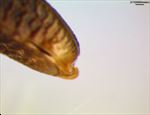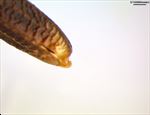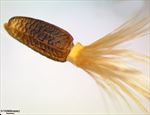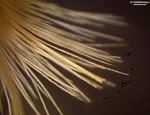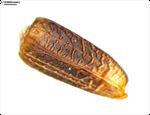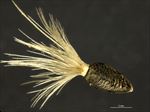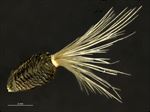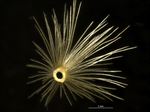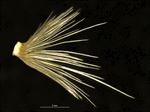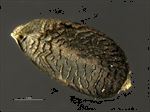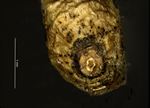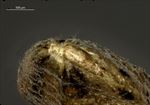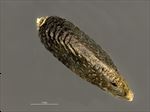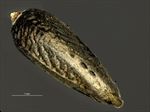Taxonomy
Onopordum acanthium L., Sp. pl. 2:827. 1753
Common synonyms
Acanos spina Scop.; Acanthium onopordon Gueldenst.; Carduus acanthium (L.) Baill.; Onopordon acanthium L.; Onopordum acanthium var. acanthium
Common name
Scotch Thistle, Scott Cotton Thistle
Description
Propagule or dispersal unit is the fruit with pappus. Fertile part 3.5-5.5 mm long, 2-3 mm wide, in side view widest in upper part (obovoid), +/- straight, the upper (apical) end narrowing, in cross-section flattened, rarely angular (prismatic), basal scar (carpopodium) pronounced and well-differentiated, off to the side (oblique) or at least asymmetric, beak (=thinner sterile stalk between seed and pappus) absent, wings absent, fruit surface light brown or straw or dark brown, wrinkled, with no hairs (glabrous), thickened margin absent, longitudinal ribs present, 4-10, their surfaces smooth, with no hairs (glabrous).
Pappus type bristles / hairs, pappus elements all +/- similar, up to (2.5-)5-11 mm long, in several rows, pappus elements numerous, falling off as a whole, the individual bristles rough / serrated (barbellate), +/- equal width along length or clearly wider at base, yellowish.
Ecology
Large biennial herb, seeds wind-dispersed. Temperate regions. Weed in particular of pastures, but also croplands, various disturbed areas and wastelands, and along roads.
Native range
Europe, western Asia.
Introduced range
United States, Chile, Argentina, Afghanistan, Pakistan, southeastern Australia, New Zealand.
